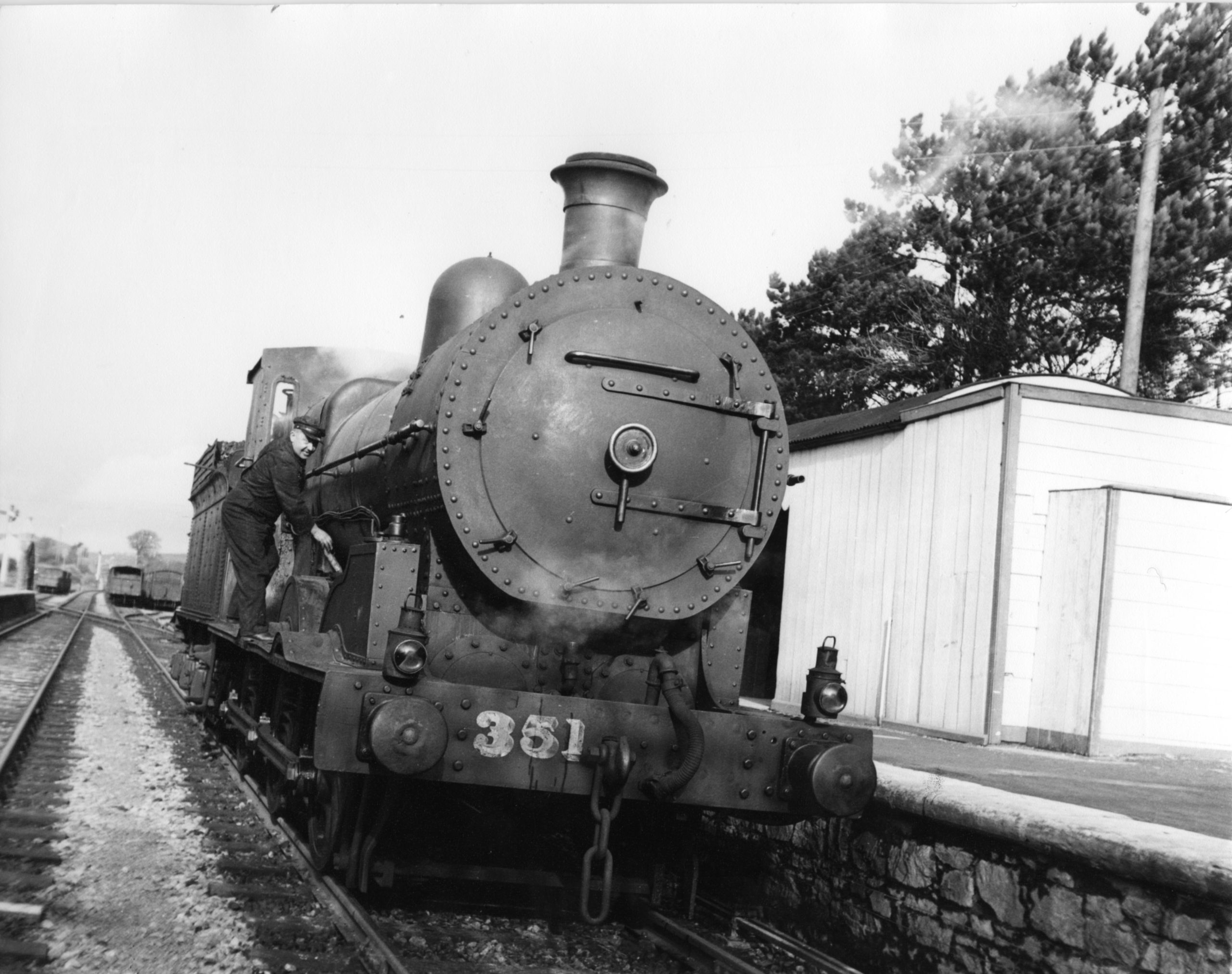
Stories
Mallow to Waterford Goods Train – Shovelling Coal. © Waterford County Museum
William Dargan, son of a Carlow tenant farmer, was the father of Irish railways. Born at the end of the 18th century in 1799, he transformed transport in the next century. He attended a hedge school in Carlow, excelled at maths and accounting and got work in a surveyor’s office. From there he worked on roads in Dublin where he made his first profit and invested that money in later ventures. His excellent work saw his reputation soar and he personally championed the proposed Dublin to Kingstown (Dún Laoghaire) Railway, doing surveys at his own expense. READ MORE
Imagine never having a holiday! Before railways were developed, unless you were wealthy, there were no holidays or any travel. Even a day out wasn’t possible.
In Ireland, the only way to travel was by canal or by boat, say from Waterford to Dublin. Everything changed when Charles Bianconi started his stagecoach business in Cahir in Co. Tipperary. This was a very slow way to travel and it could take days to get to your destination. READ MORE
The railways were always about much more than goods and commerce, there were the people who used them daily, the people who worked on them every day and the people who left their homes forever via the train to emigrate.
At the start of the 19th Century, the population of Ireland was over 8 million. It had halved to over 4 million a century later – the Great Famine was responsible for over a million deaths, and millions left to seek a better life abroad. The Irish went to Britain, America, Canada, Australia and the first point of leave taking was the train. READ MORE
In 2017, Waterford Greenway opened with a car park built in Bilberry by Waterford Council as a stWaterford has a rich railway heritage with six railway lines once operating in to Waterford, two now remain. Over drinks at a New Year’s Eve party in 1996, Frank O’Donoghue, Chief Executive of Waterford Chamber and Michael Wilcock, a railway enthusiast floated the idea of developing an abandoned line as a tourist attraction to preserve and promote Waterford railway heritage. READ MORE
The building of the Railways changed everything, even the way we tell the time.
For millennia, people measured time based on the position of the sun; it was noon when the sun reached the highest point in the sky. Sundials were used well in to the Middle Ages. Cities would set their town clock by measuring the position of the sun but it differed from town to town, as the position of the sun changed as you moved east or west. Everyone relied very much on the peal of Cathedral or Church bells to know what time it was. READ MORE
